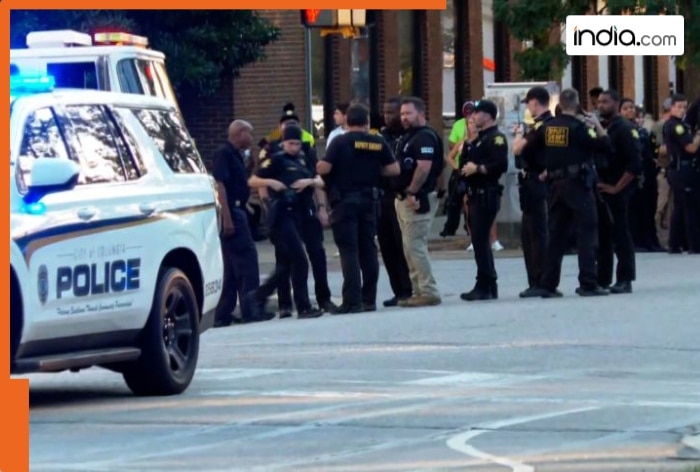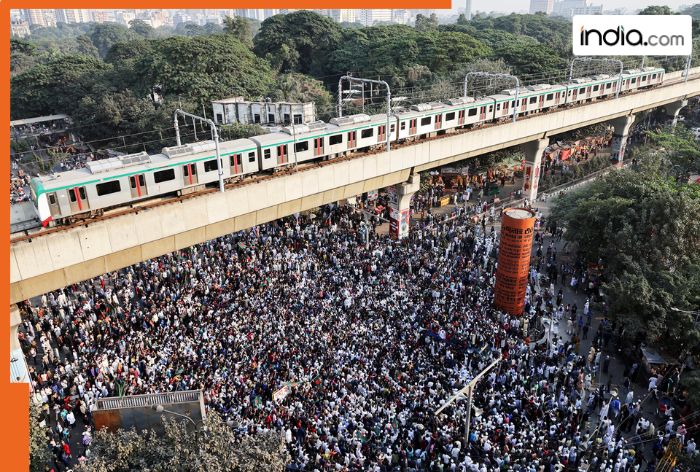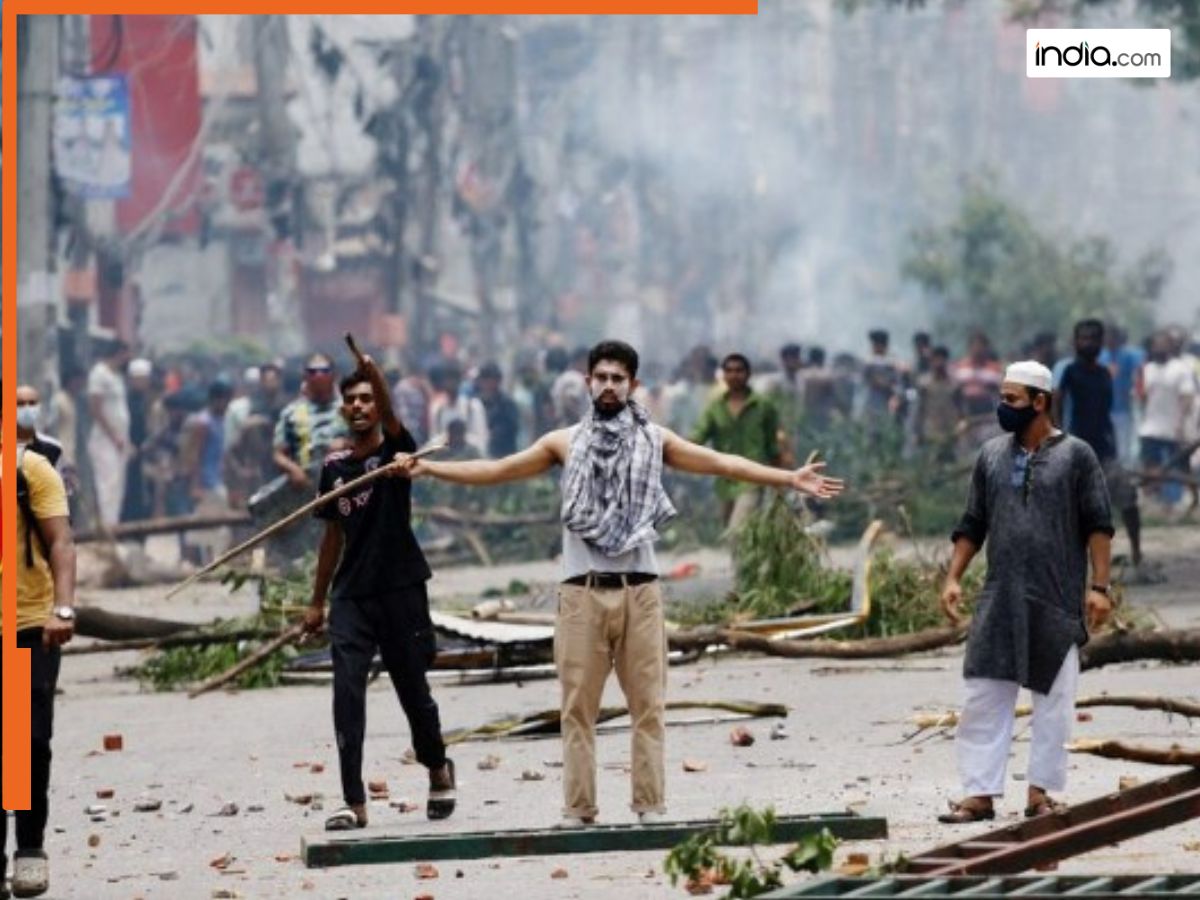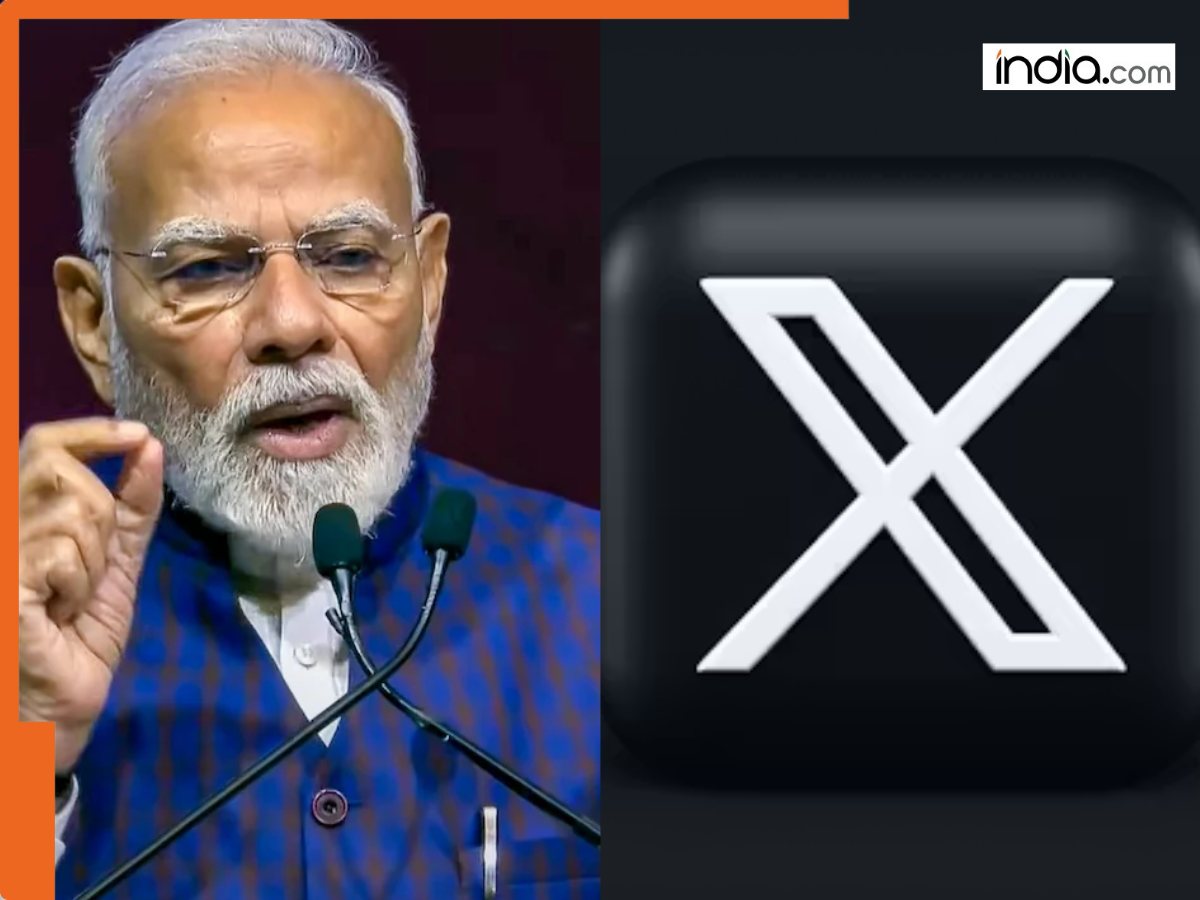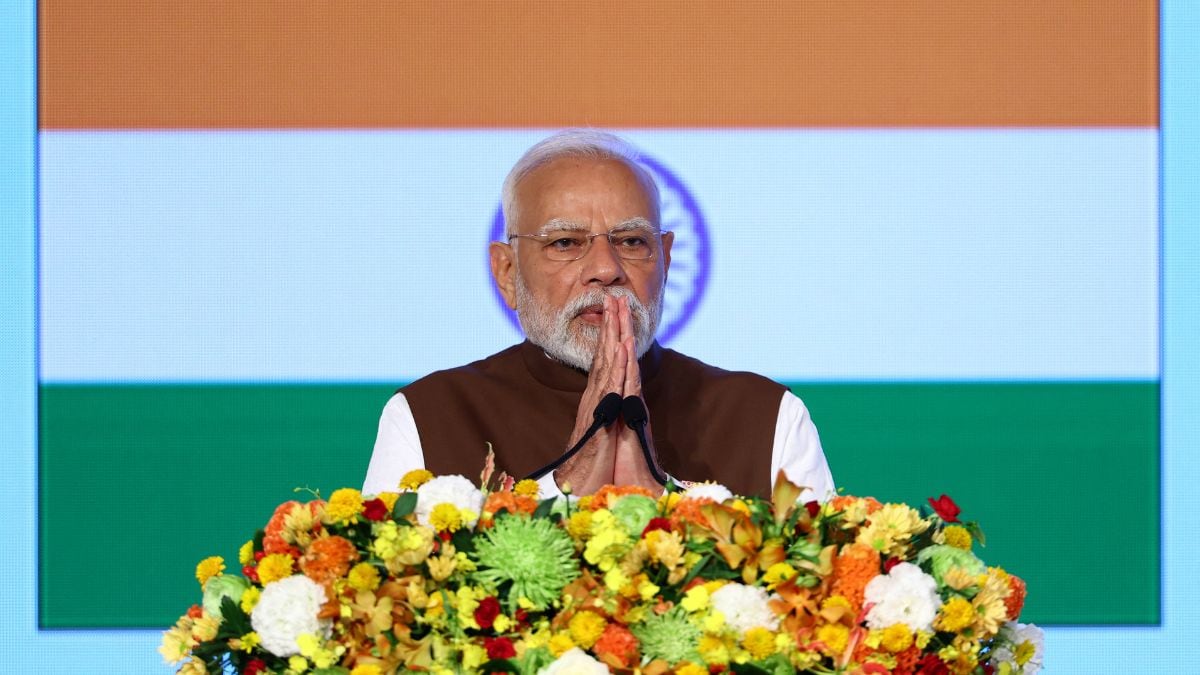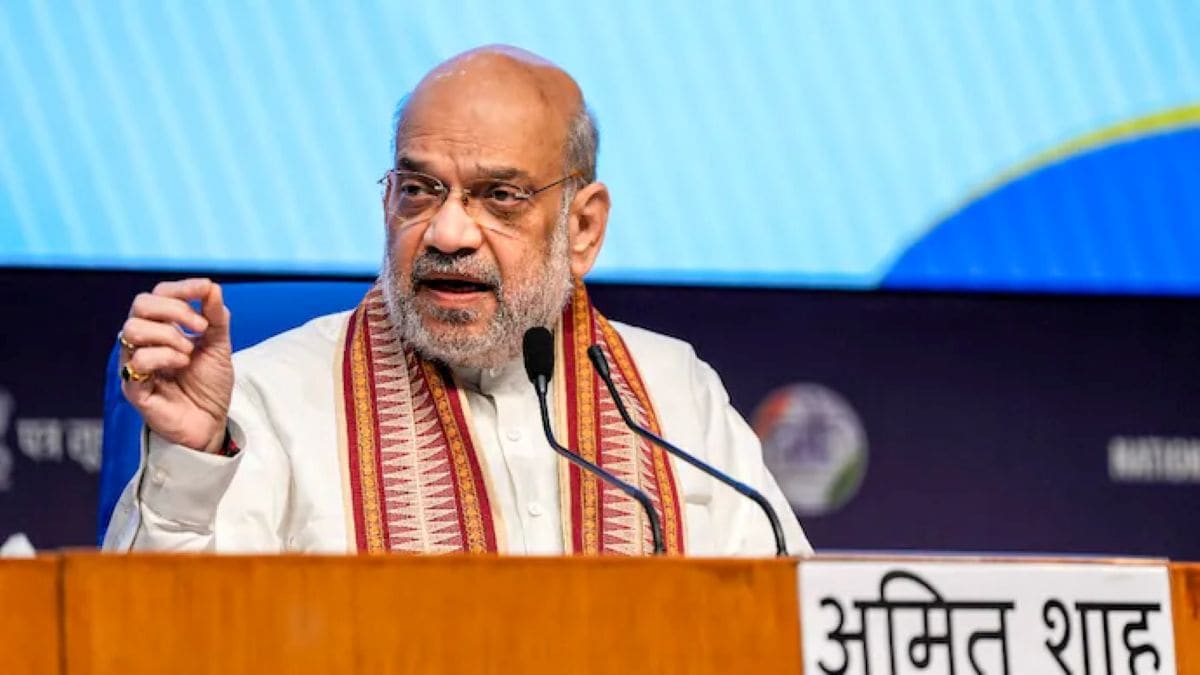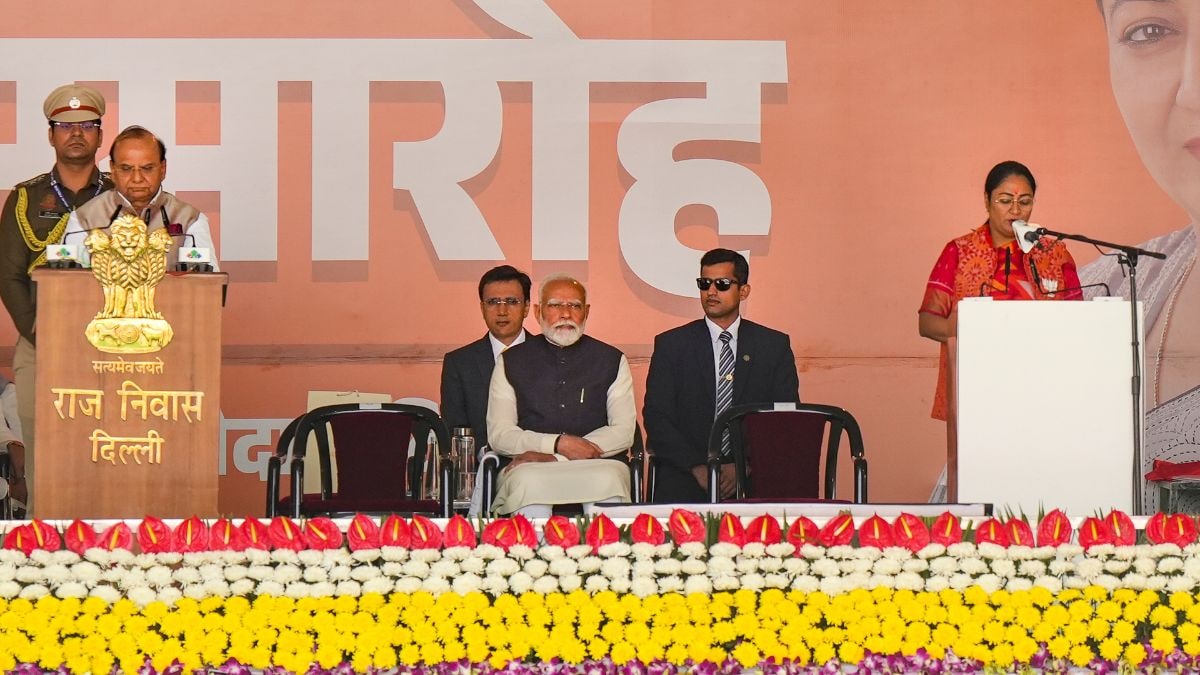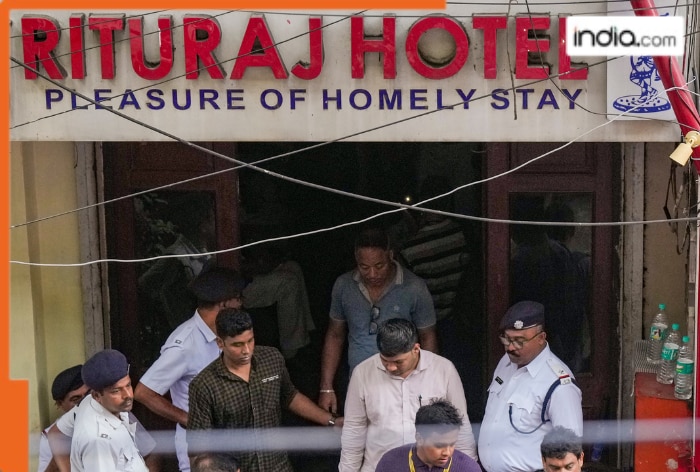Delhi-NCR AQI update: Delhi air quality turns hazardous after Diwali, Punjabi Bagh records AQI at 999, Narayana at 611; Check full list
Delhi woke up on Monday morning covered in a thick layer of toxic smoke. After a night of Diwali celebrations filled with firecrackers, the city’s air quality dropped sharply and entered the hazardous category.
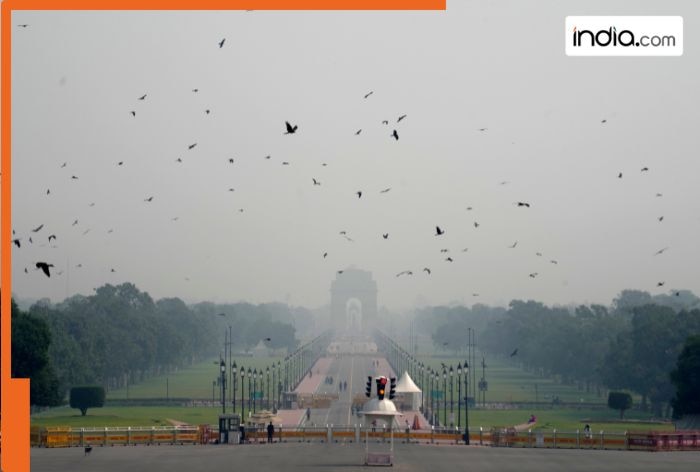
On the morning after Diwali, Delhi woke up to a thick, heavy haze. Many areas of the city recorded very high pollution levels after a night of Diwali celebrations filled with firecrackers. Out of 37 air monitoring stations in Delhi, 34 showed pollution levels in the red zone, meaning the air quality ranged from very poor to severe across the city. By 6:05 am on Tuesday, Delhi’s overall Air Quality Index (AQI) was recorded at 347, which falls in the very poor category.
As per the Central Pollution Control Board (CPCB), the Air Quality Index (AQI) in Punjabi Bagh touched 999, Narayana recorded 611, Rohini and Anand Vihar were at 500, Central Delhi was around 409, and Noida reached 392.
The CPCB categorises AQI between 0 and 50 as ‘good’, 51 and 100 ‘satisfactory’, 101 and 200 ‘moderate’, 201 and 300 ‘poor’, 301 and 400 ‘very poor’, and 401 and 500 ‘severe’.
On Diwali, 36 out of 38 monitoring stations recorded pollution in the ‘red zone,’ placing Delhi’s overall air quality firmly in the ‘very poor’ to ‘severe’ categories. According to data from the Central Pollution Control Board (CPCB), the city’s Air Quality Index (AQI) stood at 344, classified as ‘very poor’ at 10 PM, with several areas crossing the 400 mark.
The SAMEER app showed severe air quality at Dwarka (417), Ashok Vihar (404), Wazirpur (423), and Anand Vihar (404). Meanwhile, Delhi’s 24-hour average AQI, updated daily at 4 pm, was 345 — higher than Sunday’s 326.
According to the Decision Support System (DSS), transport vehicles caused about 15.6 per cent of Delhi’s pollution on Monday, while industries and other local sources together made up about 23.3 per cent.
Because of the worsening air, the Commission for Air Quality Management (CAQM) enforced Stage II of the Graded Response Action Plan (GRAP) across Delhi-NCR. These are emergency steps taken to control pollution, such as stopping construction dust, restricting diesel generators, and increasing road cleaning. If the air quality turns “severe,” authorities may move to Stage III, which brings even tougher rules.
Earlier this month, on October 15, the Supreme Court allowed the use of green firecrackers in Delhi-NCR, but only for limited hours i.e. between 6 am and 7 pm, and again from 8 pm to 10 pm on Diwali eve and the festival day.
What's Your Reaction?







